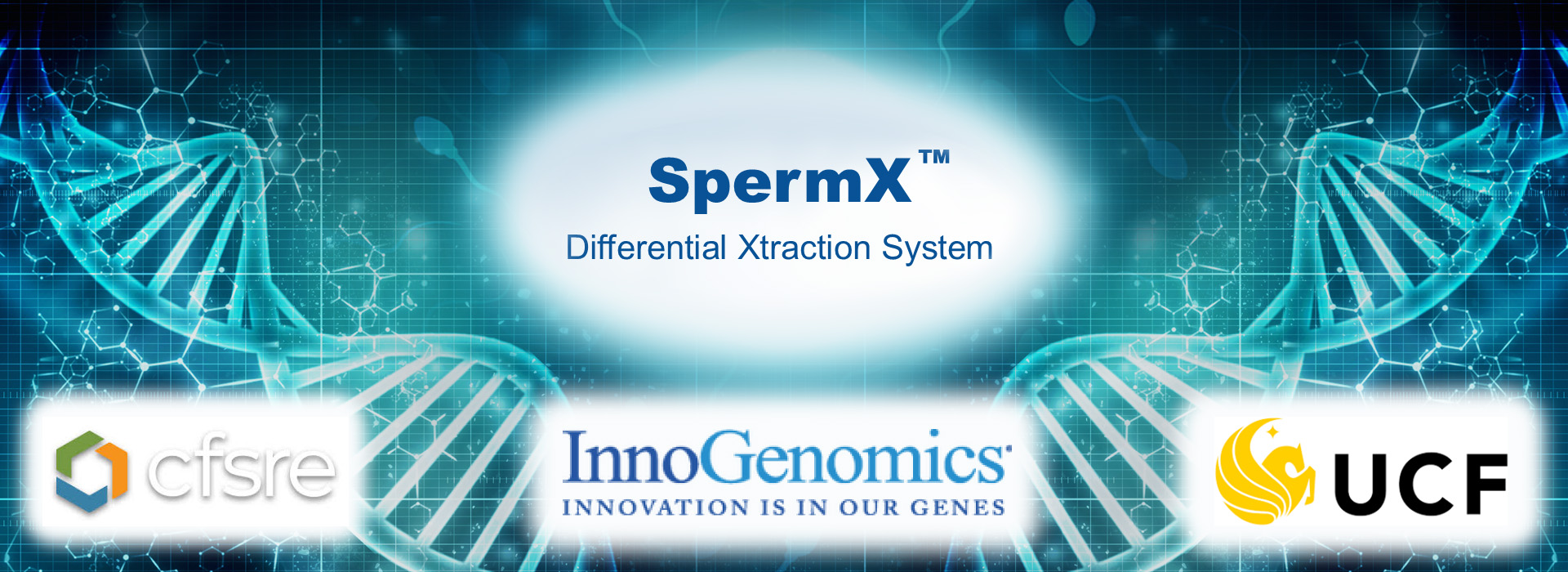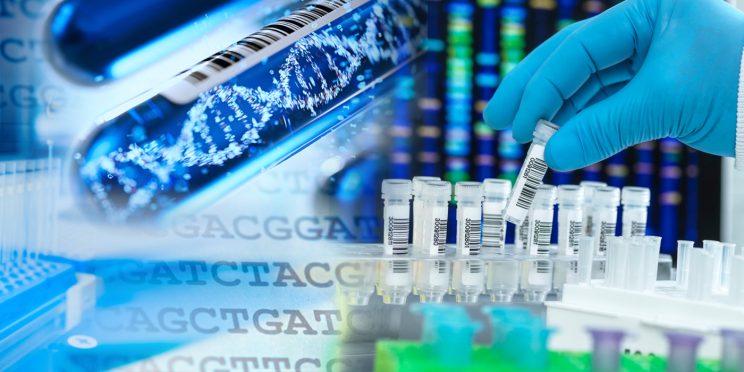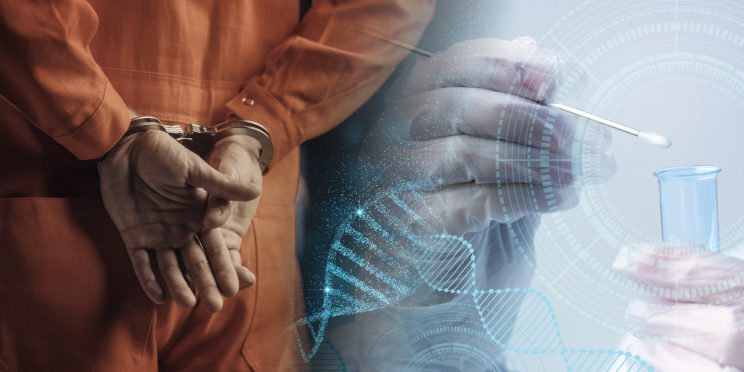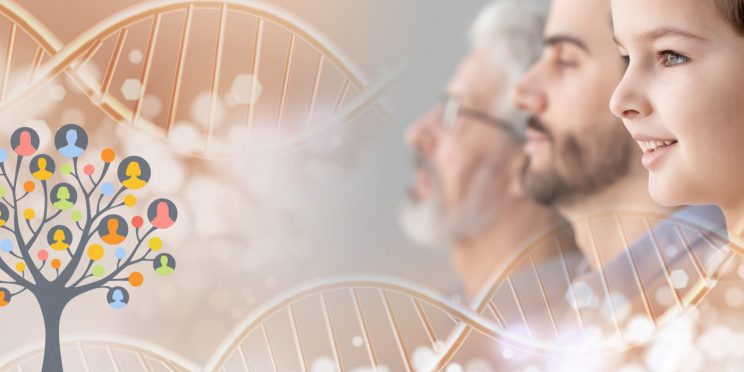This webinar originally occurred on August 11, 2022
Duration: 1 hour
Overview
Scientists from three participating laboratories - University of Central Florida (UCF), Center for Forensic Science Research and Education (CFSRE), and InnoGenomics (IGT) - presented results obtained from mock sexual assault samples analyzed using the SpermX (SX) method and their in-house differential extraction (DE) method. All three laboratories processed identical sets of female:male mixture swabs at various ratios in triplicate and presented their experiences and insights from this study.
Eight DNA mixtures were prepared with the same female (saliva) and male (semen) donors with female:male ratios ranging from 100:1 to 18,182:1. Quantification data, culled from the sperm fractions, were used to make comparisons of the total Y DNA recovered, the total human to Y ratios (short or small target to Y target, abbreviated S/Y), the percentage recovery of male in the sperm fraction relative to the theoretical amount, and the percentage of female carryover. The SX method resulted in higher yields of male DNA for all samples for all laboratories. On average, SX recovered 5 times more male DNA than did the DE method. The average S/Y ratios were lower with SX than DE, indicative of a better separation of the male component from the female component. The percentage recovery of the male DNA in the sperm fraction relative to the theoretical amount of semen placed on the swabs was higher for SX, and SX recovered significantly more sperm than DE from evidentiary swabs with as low as 100 cells (330 pg) and 25 cells (82.5 pg). The DE method exhibited higher average percent female carryover for all swab sets from all three labs, ranging from 2.8 to 10-fold more than SX.
STR data comparisons of the sperm fraction profiles include the percentage of unshared male alleles recovered, the male profile proportion observed in the STR profile, and statistical probabilities of inclusion as a likelihood ratio (LR). One of the triplicate swab set sperm fractions for each method was amplified and typed with either GlobalFiler (32 unshared male alleles) on a 3500 Genetic Analyzer or PowerPlex Fusion (31 unshared male alleles) on a 3130 Genetic Analyzer. On average, the SX method recovered 7-fold more male alleles in the STR profiles than the DE method overall. STRmix generated male profile proportions that demonstrated SX recovered higher percentages of the male component for all samples, ranging from 2 to 36-fold more than DE. The likelihood ratios from STRmix showed SX had comparable or higher LRs, ranging from 2 to 23 orders of magnitude.
In summary, the SX method outperformed the DE method across all quantification metrics used to evaluate their ability to separate the female and male DNA components effectively. This interlaboratory study demonstrates the SX method captures more male DNA with less female carryover resulting in more informative STR profiles than the conventional differential extraction method. Laboratories can benefit by processing their sexual assault kit evidence containing semen using the SpermX method to get the most from these evidentiary type samples. This is especially true for swabs containing low sperm amounts, which is often the case with forensic evidence.
Detailed Learning Objectives
- Attendees will be introduced to the SpermX method for differential extraction of sexual assault kit evidence.
- Attendees will learn how the SpermX method compares to the conventional differential extraction method as performed by three laboratories using the same prepared female and male mixtures.
- Attendees will gain an understanding of how the SpermX method is superior for evidentiary swabs containing a very low amount of sperm.
Presenters
- Erin Hanson, Ph.D. | Research Associate Professor, National Center for Forensic Science at University of Central Florida
- Justina Nichols, M.S. | Research Assistant, Center for Forensic Science Research and Education
- Joanne Sgueglia | Product Application Specialist, InnoGenomics
Funding for this Forensic Technology Center of Excellence webinar has been provided by the National Institute of Justice, Office of Justice Programs, U.S. Department of Justice.
The opinions, findings, and conclusions or recommendations expressed in this webinar are those of the presenter(s) and do not necessarily reflect those of the U.S. Department of Justice.
Contact us at ForensicCOE@rti.org with any questions and subscribe to our newsletter for notifications.




